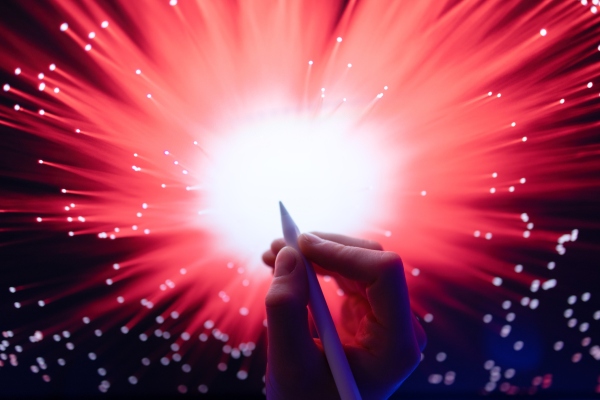And it probably won’t really eliminate creative jobs

In the late In the 1950s and early 1960s, a group of artists and writers stayed in a run-down Paris hotel that came to be known as the The Beat Hotel. Their proximity to each other allowed for incredibly creative artistic cross-fertilization. The creatives of the Beat generation who lived there experimented with drugs, sex and creativity, setting the stage for the countercultural revolution that came later.
An artist lived in the hotel Brion Gysinwho invented an idea called cut-ups, where he cut into books or magazines with a precision knife and pasted the clippings onto a piece of paper, creating something completely different. According to author Barry Miles in his 2000 book, “The Beat Hotel,” people whose work he cut up and reused were sometimes angry about this repurposing of their carefully crafted words.
You see a similar dynamic today in the repurposing of artworks and words through the use of generative AI. In an analogous way, it has created a tension between artists and a new generation of creators, just as Gysin’s work did at the dawn of the 1960s counterculture.
Time works in your favor
Scott Belsky, chief strategy officer at Adobe, joined the company when it bought its startup Behance in 2012 for $150 million. In 2019, the company introduced Moodboards, a place where artists could find artistic inspiration for what they would eventually create. The idea was to give artists a starting point to think about their ideas.
